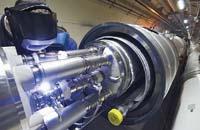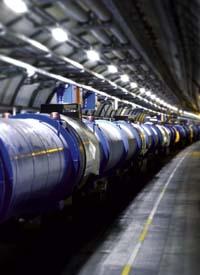LHC: the hour arrives
2008/09/07 Arakistain Aizpiri, Lorea - Elhuyar Zientziaren Komunikazioa
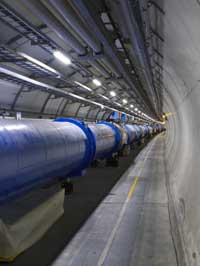
But do not think we are issuing the order on or off. It is not so simple. By the end of July, the 1,600 magnets that make up the accelerator cooled almost to absolute zero and found that the entire electrical system works properly. Then they synchronized with the tenth part of precision of a nanosecond synchrotron SPS that will 'inject' the accelerator and proton beams into the accelerator. And from now on they will begin to work.
When we talk about the LHC accelerator, we also work with a lot of heat and cold. The clash between proton beams will produce temperatures 100,000 times hotter than in the heart of the sun. In turn, they keep the LHC accelerator at a very cold temperature of -271.3 degrees Celsius. In addition, we have the most powerful computer in the world connected to the accelerator. In fact, they calculate that they will receive 15 petabytes a year, enough information to fill 2,250,000 DVDs.
Accelerating particles
And so much technology, budget and curiosity, why? Well, basically to accelerate the particles. Above all, they will accelerate the protons, particles smaller than the atoms, to make them collide in the opposite direction. The acceleration of particles is not new: At the site of the LCH was the first LEP accelerator, with the same work but with a more limited capacity. The LHC has a much higher generation capacity. The old LP could generate up to 209 GeV (209 million eV) and is expected to generate 7TeV (7 billion eV).
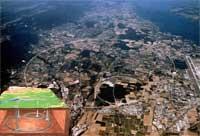
In the LEP accelerator the electrons were accelerated, but in the new LHC the protons will be accelerated. Protons are 1,836 times heavier than electrons and need more energy.
Once the accelerator is in progress, scientists will study the particles that will collide and those that will occur as a result of the crash, the physical principles of the universe.
In search of the Higgs boson
In all experiments something is expected. In this case they expect to find the so-called Higgs boson. You've never seen it, you can't ensure there is, but scientists believe it brings mass to particles.
The question is that the Higgs boson would give the missing explanation to complete the theory, the standard model, which explains the forces in the universe. The standard model serves to present existing particles and predict interactions between them, but not the mass of these particles. And we know that many particles have mass, because we too are made of those particles.
As the Higgs theory came to explain the mass in 1964. According to the theory that is imposed then and is now maintained, all particles are embedded in a field, in the area of Higgs. And that area is transmitted by a particle, a boson, the Higgs boson.
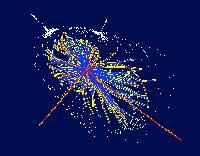
What if they don't find it? Not finding it does not mean you are not and you may continue looking. If they despair and conclude that it does not exist, it is a sign that they have been very mixed in trying to understand the universe, at a very basic level. On the other hand, new doors would be opened. They would need new theories.
Waiting for surprises
Besides the Higgs boson, matter and anti-mating will also be analyzed. Although in the origin of the universe there was matter and antimatería, when colliding with each other both disappeared. The quantity, however, was not balanced because, in spite of the disappearance of antimatería, matter remained and the universe arose. This imbalance makes us here and not “formerly”. On the other hand, in another experiment, high densities will be reconstructed.
However, many scientists expect something more. They are waiting for something they do not know or expect and expect surprises to continue working on finding answers to new problems.
Published in 7K.

Gai honi buruzko eduki gehiago
Elhuyarrek garatutako teknologia




